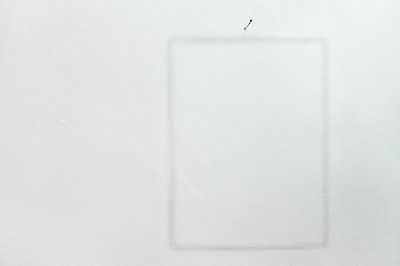How is caffeine removed from decaf coffee? - BBC Science Focus Magazine
Curated from: sciencefocus.com
Explore the World's Best Ideas
Join today and uncover 100+ curated journeys from 50+ topics. Unlock access to our mobile app with extensive features.
Removing caffeine from coffee
Coffee beans are first softened in hot water or steam. Then caffeine is dissolved from the beans by using a solvent such as methylene chloride, ethyl acetate, or a gentler solvent such as water itself.
Liquid carbon dioxide is a much more expensive alternative, but has the added advantage that it does not remove the flavour molecules.
19
201 reads
Adding flavour molecules
The solvents used to obtain decaf coffee also remove some of the flavour molecules. These are then added back.
One way is to perform a first extraction with water, then shake up the water with a small volume of methylene chloride, or pass it through a charcoal filter. Both processes selectively remove the caffeine from the water but leave most of the flavour molecules.
18
143 reads
IDEAS CURATED BY
Juliana L.'s ideas are part of this journey:
Learn more about health with this collection
How to find purpose and meaning in life
How to cultivate gratitude
Techniques for managing negative thoughts
Related collections
Similar ideas
3 ideas
What's the point of laughter? - BBC Science Focus Magazine
sciencefocus.com
1 idea
Why Is the Ocean Salty? | Salt in the Ocean | Live Science
livescience.com
Read & Learn
20x Faster
without
deepstash
with
deepstash
with
deepstash
Personalized microlearning
—
100+ Learning Journeys
—
Access to 200,000+ ideas
—
Access to the mobile app
—
Unlimited idea saving
—
—
Unlimited history
—
—
Unlimited listening to ideas
—
—
Downloading & offline access
—
—
Supercharge your mind with one idea per day
Enter your email and spend 1 minute every day to learn something new.
I agree to receive email updates
